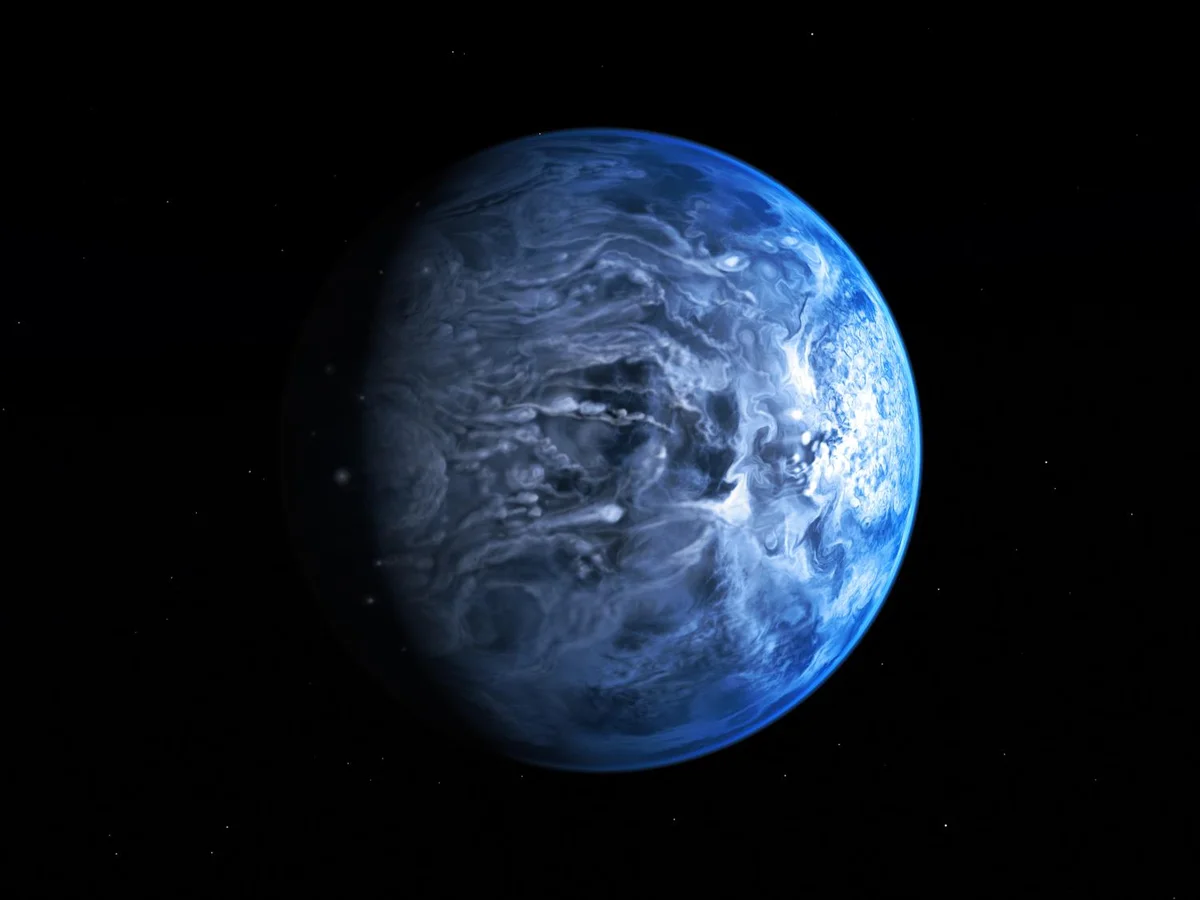Astronomers at the University of Montreal in Canada have presented evidence of two planets orbiting red dwarf Kepler-138, which are water worlds. The scientists’ paper was published in the journal Nature Astronomy.
Using NASA’s Hubble and Spitzer space telescopes, scientists observed the transit of the exoplanets Kepler-138c and Kepler-138d and discovered that these celestial bodies, which are several times larger than Earth, can consist mainly of water. While water has not been directly detected, calculations have shown that a significant portion of the volume of exoplanets must contain volatile substances heavier than hydrogen or helium.
The diameters and masses of the planets are three times and twice that of the Earth respectively, indicating a lower density. According to the features in the Solar System, the closest celestial bodies may be the icy moons of giant planets such as Europa or Ganymede. However, instead of an icy crust, Kepler-138c and -d likely have a thick, dense, water vapor-rich atmosphere and a mantle ocean of liquid water two thousand kilometers deep. It is possible that there is water in the supercritical fluid phase in the mantle. At the center of the planets are cores with the Earth’s silicate and iron ratio.
It is known that there is a third planet, Kepler-138b, in the Kepler-138 system, but scientists have discovered signs of a fourth planet, Kepler-138e. It is in the region of its parent star and receives only enough heat from its cold star to host liquid water. The exoplanet is located farther from the local sun than other planets and takes 38 days to complete one revolution. However, its nature is unknown.








:quality(85)//cloudfront-us-east-1.images.arcpublishing.com/infobae/MR5SMUUYEWZJINAWXY5YY23Z7E.jpg)
:quality(85)//cloudfront-us-east-1.images.arcpublishing.com/infobae/RPGZO3S37BSGZWT4GBSO2ILMSM.jpg)



